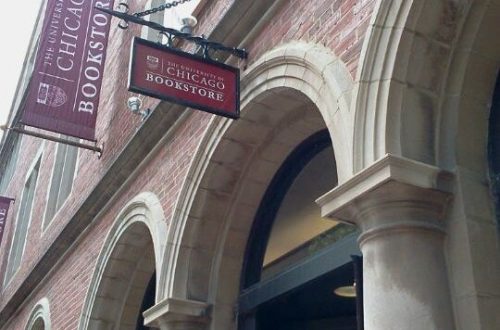Trace Amounts of Water Found in Chicago River
Oct. 20, 2012
CHICAGO, I.L. — Researchers at Northwestern University’s Department of Planetary Sciences announced the discovery of water in the Chicago River, confirming results of two years of battery toxicity screenings meant to analyze the chemical makeup of the city’s main quasi-liquid thoroughfare. Bioassay results suggest that the remaining water, present at a concentration of roughly twelve parts per million, is outstripped by the river’s presence of mercury, still undiscovered species of bacteria, and freebase cocaine.
“Fieldwork in geology is rarely this hazardous,” said Paul Alessi, principal investigator of the Northwestern team. “As a matter of fact, a grad student of mine, Richard Fentworth, was nearly dragged in by a nine-armed octopus on our last sample run.” Fentworth, 22, was less optimistic. “That monster spoke to me with its eyes. It said, ‘Ricky, the River demands sacrifice.’ I see it at night. We can only run so far,” he said.
This is the first attempt at substantive analysis of the Chicago River’s biological composition since 1936, when a University of Chicago research team disappeared hours after a riverbed trawl had revealed the body of Sonny “The Slasher” DiStefano. A note at the scene indicated the scientists had left Chicago to “seek treatment for lead poisoning.” Predictions in project notes suggested the river, at the time still 27 percent H2O and only six percent alcohol, was on track to become water-free by the late 1960s.
In response to the study, the office of Chicago Mayor Rahm Emanuel addressed the issue of revitalizing the Chicago River, which has for long been rumored to be the summer home of the Loch Ness Monster. “Clean it?” asked mayoral spokesman Aaron Wasserman on Tuesday. “The Chicago River? Are you kidding me? Let’s see you chowderheads do something about the raccoon-sharks, and then we’ll talk.”
To native Chicagoans, the idea that contact with the river means instant death is hardly anything new. The writings of Upton Sinclair document the Chicago tradition, over a century old, of coaxing out-of-town visitors on St. Patrick’s Day into “taking a little dip,” with consequences ranging from blindness to insanity. This study, though, finally puts a firm scientific backing to the local understanding. For the moment, whether by urban lore or scientific study, the Chicago River remains off-limits to locals, visitors, and the bulk of underwater life alike.



